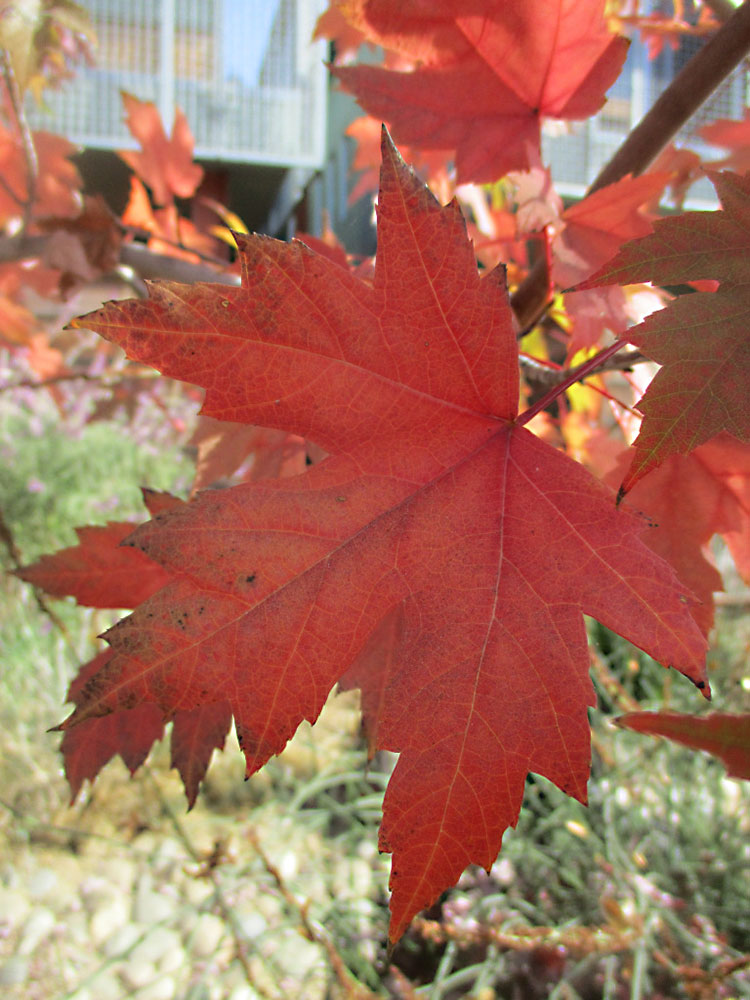By Tony Tomeo
An Arborist is a very specialized horticulturists. They prefer to work with trees. Of course that is not as simple as it sounds. Some are nurserymen who grow trees. Some select appropriate trees for landscape design. Even some of the orchardists who work with many trees of a similar type have earned this prestigious designation. Decades ago, we still knew many of them as tree surgeons.
Arboriculture, which is the specialized horticulture of trees, has certainly evolved through the decades. Tree surgeons no longer graft fruit trees directly in home gardens. Nurserymen graft trees in production nurseries, to make them available from retail nurseries. However, modern tree surgeons now work with much more diversity of many species that were unknown to their predecessors.
As storms become more frequent through autumn and winter, the need for arboriculture becomes more apparent. More unstable trees fall. More structural deficient limbs break. Many trees prefer to be pruned while dormant through winter.
In actuality, arboriculture is important throughout the year. Some procedures, for some sorts of trees, should happen significantly earlier or later.
Trees are the most substantial features of home gardens. Once they grow beyond reach, they need to be maintained by qualified tree surgeons. Regardless of what most say, very few gardeners are qualified to perform major arboricultural procedures.
Many tree surgeons will attest to finding that most damage that trees endure is caused by gardeners with minimal regard for arboriculture.
Tree surgeons who are Certified Arborists of the International Society of Arboriculture, or ‘ISA’, have demonstrated their proficiency with arboriculture. After passing their certification examination, Certified Arborists maintain their credentials by continued involvement with educational seminars, classes and workshops of the ISA. Not many other horticultural professionals are so dedicated.
More information about procuring the services of an ISA-certified arborist can be found at www.isa-arbor.com.
•••
Freeman Maple
It is a hybrid. It is naturally occurring. Yet, most cultivars (garden varieties) resulted from intentional hybridization and selection. It is not as strange as it seems. Freeman maple, Acer X freemanii, is a naturally occurring hybrid of silver maple and red maple. It grows wild where the natural ranges of the parents overlap. From their example, breeders learned to selectively breed the cultivars.
These cultivars combine the fast growth rate of silver maple with the structural integrity of red maple. None get to be as imposing as the silver maple. Some get to be about forty feet tall and wide, which is a bit bigger than red maple gets in local climates.
Foliage is lacy like that of silver maple, but more substantial, like that of red maple. It develops brilliant orange and red color for autumn.
Freeman maple, although locally uncommon, is one of the more practical maples here. Like silver maple, it does not require much chill in winter. Like red maple, it develops a symmetrical canopy with reasonably high branches.
Roots should be complaisant with concrete. Because it is a hybrid, it is mostly sterile. It does not produce enough seed to be invasive in more conducive climates.
•••
Horticulturist Tony Tomeo can be contacted at tonytomeo.com




